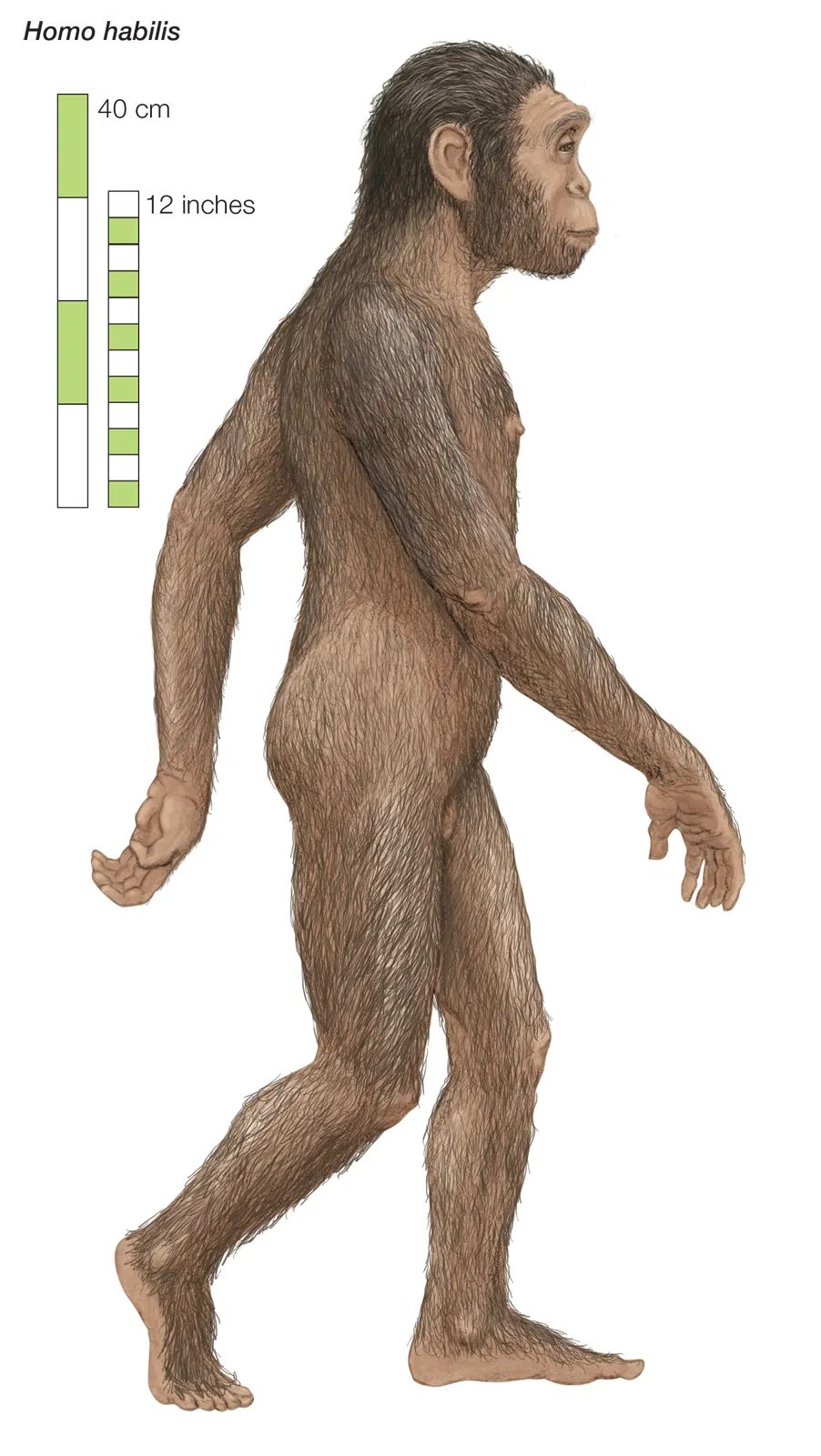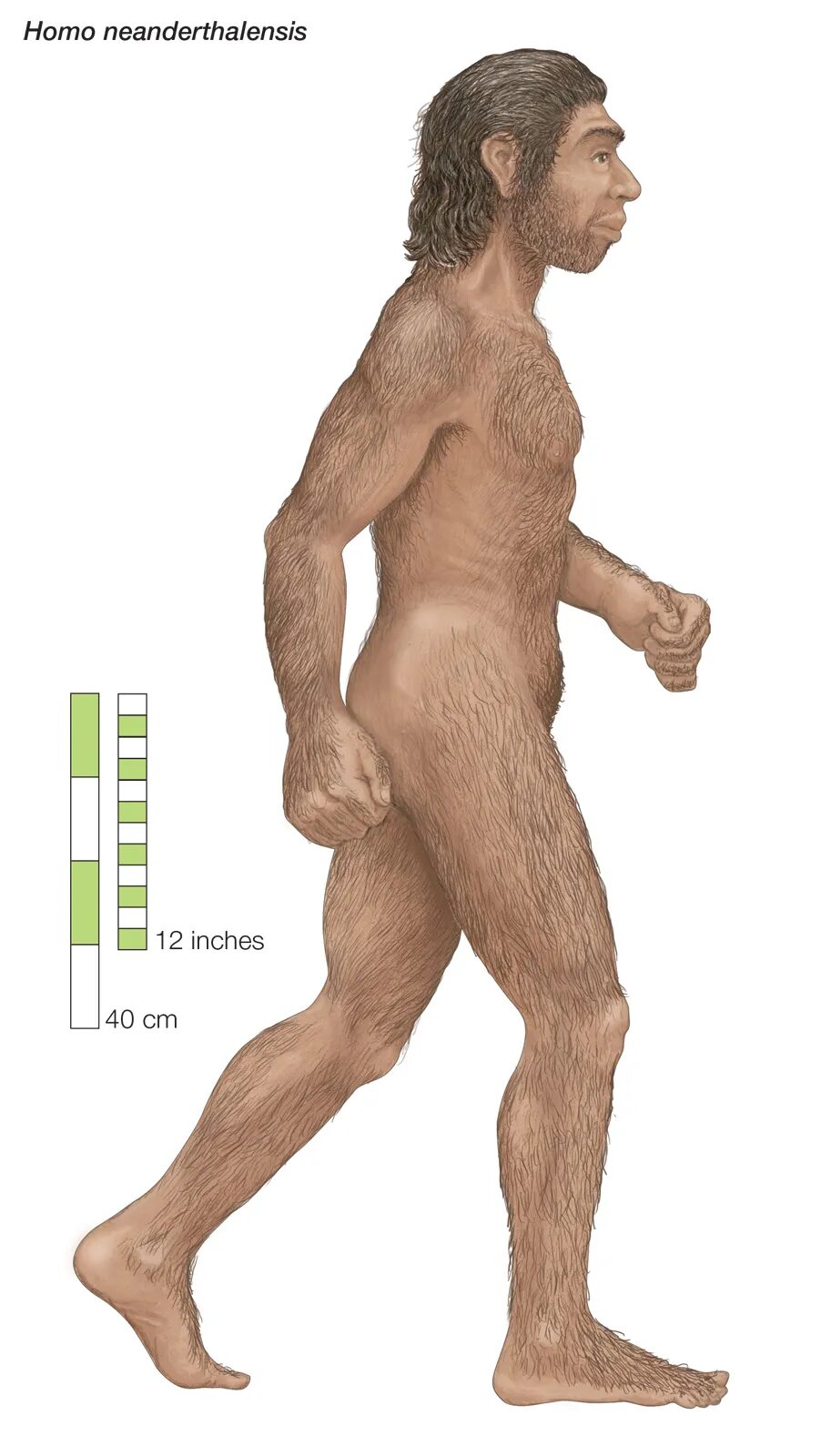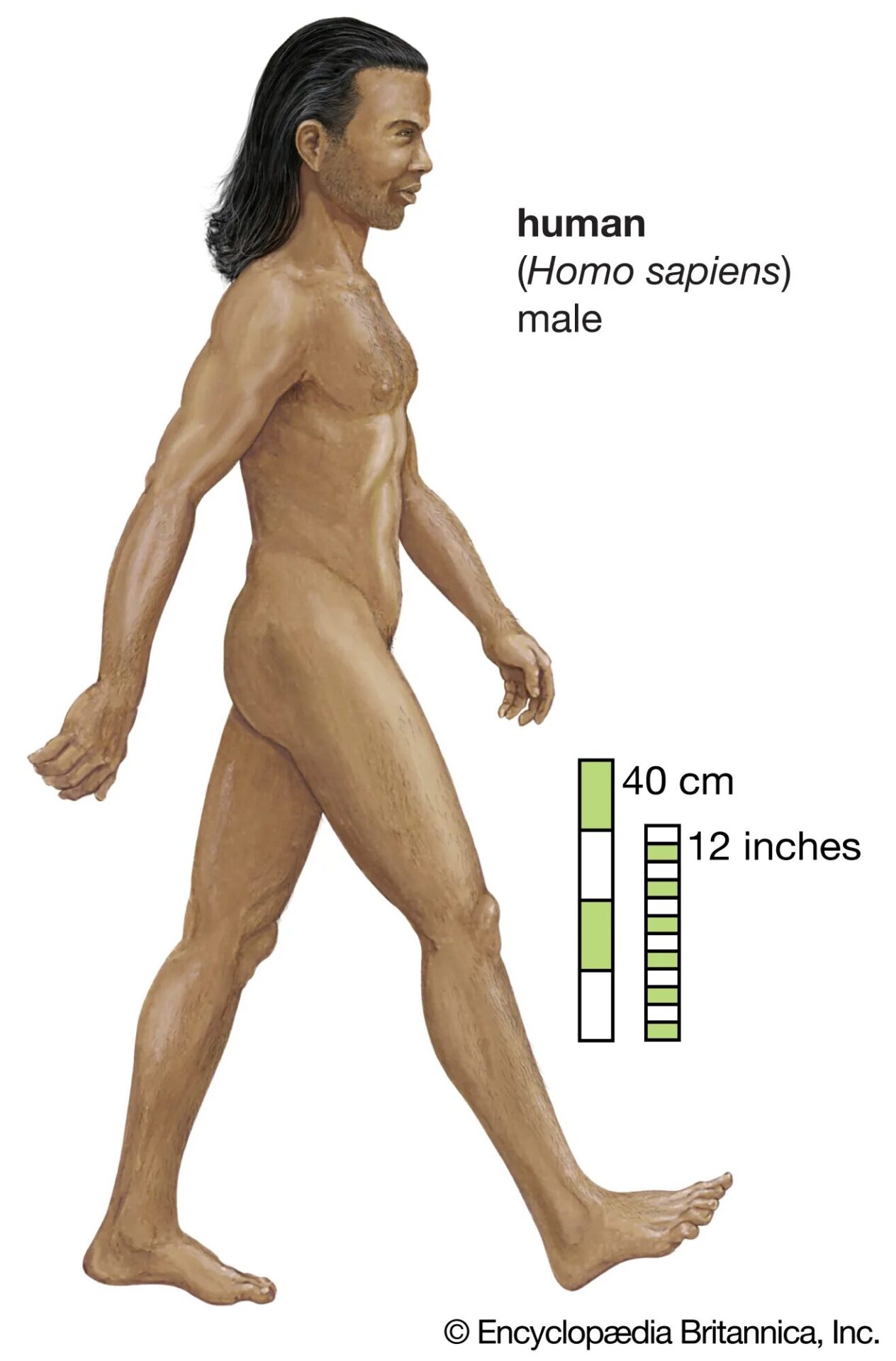
Ever wonder where we came from? How did our species, Homo sapiens, come to dominate the planet while others within our own genus vanished? Imagine our family tree as a sprawling oak, with numerous branches representing various human ancestors. Today, we delve into the fascinating tale of these “cousins,” exploring the rise and fall of various Homo species that paved the way for modern humans.
A Cast of Characters: Meet Our Early Relatives
Our story begins in Africa, millions of years ago. The genus Homo emerged from a lineage of ape-like ancestors, with the earliest species appearing around 2.8 million years in the past. Here, we meet some of the key players:
- Homo habilis (“handy man”): Nicknamed for their association with the first recognizable stone tools, these early humans lived roughly 2.8 to 1.6 million years ago. Their brains were slightly larger than those of their ape-like ancestors, suggesting an increased capacity for tool use and problem-solving.

- Homo erectus (“upright man”): Taking center stage from 1.8 million to 70,000 years ago, Homo erectus was a significant evolutionary leap. These humans stood taller, possessed larger brains, and were the first to likely control fire, a game-changer for survival and toolmaking.

- Homo neanderthalensis (“Neanderthal man”): Sharing the spotlight with early Homo sapiens for some time, Neanderthals lived in Europe and western Asia between 400,000 and 40,000 years ago. They were robustly built, possibly adapted to colder climates, and even created their own rudimentary tools and ornaments.

- Homo floresiensis (“Flores man”): This intriguing species, discovered on the Indonesian island of Flores in 2003, lived as recently as 50,000 years ago. Their small stature and brain size have sparked debate about their exact classification within the Homo genus.

These are just a few of the fascinating early human species that populated the Earth. Each played a crucial role in the evolutionary journey that led to Homo sapiens.
More details about Human evolution can be found here human evolution
The Great Divergence: Why Did Some Homo Species Thrive While Others Disappeared?
The reasons for the extinction of various Homo species are complex and still debated. Here are some potential factors:
- Climate change: Fluctuations in global temperatures and weather patterns may have significantly impacted the environments early humans inhabited, making it difficult for some species to adapt and survive.
- Competition for resources: As different Homo species co-existed, competition for food, water, and territory could have played a role in the decline of some populations.
- Disease outbreaks: The emergence of new pathogens could have devastated early human populations lacking immunity.
There’s also the possibility of interbreeding between some Homo species, potentially blurring the lines as populations interacted. The specific reasons for extinction likely varied depending on the species and location.
The Rise of Homo Sapiens: What Set Us Apart?
So, what allowed Homo sapiens to thrive where others faltered? While the answer isn’t entirely clear, some potential explanations include:

- Cognitive advancements: Homo sapiens brains exhibit a larger size and more complex structure, suggesting greater cognitive abilities like language, planning, and problem-solving.
- Technological innovations: Our ancestors developed increasingly sophisticated tools, from advanced stone implements to complex hunting weapons, allowing for more efficient resource acquisition and survival.
- Social complexity: Evidence suggests early Homo sapiens lived in cooperative groups, fostering communication, collaboration, and cultural development. These social structures may have provided an advantage in adapting to changing environments.
The exact reasons for our dominance remain a topic of ongoing research. However, it’s clear that a combination of factors, including cognitive abilities, technological innovation, and social cooperation, played a significant role in the success of Homo sapiens.
A Legacy of Our Ancestors: Lessons from the Past
The story of the various Homo species is a reminder of the dynamic nature of evolution. It highlights how species adapt, compete, and sometimes disappear in the face of changing environments. Understanding our evolutionary past offers valuable insights:
- Appreciation for our lineage: We are the culmination of millions of years of evolution, a testament to the resilience and adaptability of our ancestors.
- The importance of adaptation: Our story emphasizes the need to adapt and evolve in a constantly changing world.
- The value of cooperation: The success of Homo sapiens suggests the power of collaboration and social structures in overcoming challenges.
By studying our past, we gain a deeper understanding of who we are and how we came to be. It’s a humbling reminder of our place in the grand tapestry of life.
The Puzzling Case of Homo Floresiensis: A Recent Enigma
While the extinction of earlier Homo species like Homo erectus happened hundreds of thousands of years ago, the discovery of Homo floresiensis on the island of Flores throws a fascinating curveball. Here’s why:
- Recent Existence: Dating to as recently as 50,000 years ago, Homo floresiensis co-existed with early Homo sapiens for a significant period. This raises questions about potential interaction and competition between the two species.
- Unique Characteristics: Their small stature and brain size deviate significantly from other Homo species. This has led to debate about whether they represent a distinct evolutionary lineage or an offshoot of an earlier Homo species like Homo erectus that underwent a process called insular dwarfism, where isolation on an island leads to size reduction.
- The Lingering Mystery: The limited fossil evidence and ongoing research leave many questions unanswered. Did Homo floresiensis possess complex tools and language like Homo sapiens? What was their social structure like? Understanding their place in the human family tree remains an ongoing pursuit.
The Evolving Story of Human Origins
The story of human evolution is far from a closed book. New discoveries and ongoing research continue to challenge our understanding of our past. Here’s a glimpse into what the future holds:
- The Search for New Fossils: Unearthing new fossils in Africa and other regions could provide crucial missing pieces in the human evolutionary puzzle.
- Advanced Genetic Analysis: Advances in DNA analysis could unlock secrets about the relationships between different Homo species and potentially shed light on interbreeding possibilities.
- Rewriting the Timeline: As we learn more, the timeline of human evolution might need revision, providing a more nuanced understanding of how different Homo species interacted and evolved.
The story of our ancestors is one of constant change and adaptation. By continuing to explore the past, we not only gain valuable insights into who we are, but also pave the way for a more comprehensive understanding of our place in the grand scheme of life.
Conclusion: A Tapestry Woven from Many Threads
The journey of humanity is a captivating saga, a tapestry woven from the threads of various Homo species. While some species thrived and then vanished, others, like Homo sapiens, managed to adapt and flourish. By studying our evolutionary past, we gain a deeper appreciation for our lineage, the power of adaptation, and the importance of cooperation. The story of human origins continues to unfold, and with each new discovery, we gain a clearer picture of the remarkable journey that led to our existence.
Read Also
FAQs
1. Are there any other extinct Homo species besides the ones mentioned in this article?
Yes! Our understanding of human evolution is constantly evolving, and new discoveries are always being made. Paleoanthropologists continue to explore the possibility of other early human species existing.
2. What is the difference between Homo sapiens and Homo neanderthalensis?
Both Homo sapiens and Homo neanderthalensis were intelligent bipedal creatures who used tools. However, Homo sapiens possess a larger brain size and exhibit more complex behaviors like advanced toolmaking and symbolic art.
3. How did early humans use fire?
Fire control was a game-changer for early humans. It provided warmth, protection from predators, a way to cook food, and a tool for toolmaking.
4. What is the significance of studying human evolution?
Studying human evolution offers valuable insights into our place in the natural world, highlights the importance of adaptation, and fosters a deeper appreciation for the long and winding journey that led to our existence.
5. What resources can I use to learn more about human evolution?
Many museums offer exhibits on human evolution. Additionally, there are numerous documentaries and online resources available that explore this fascinating topic.

